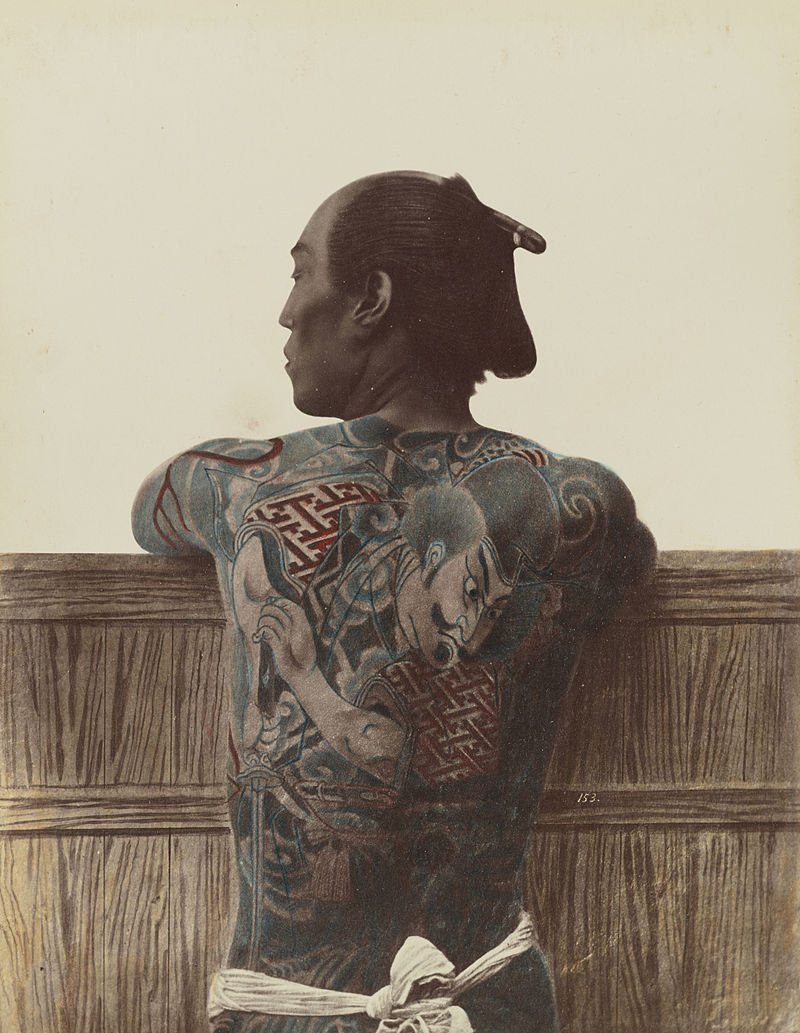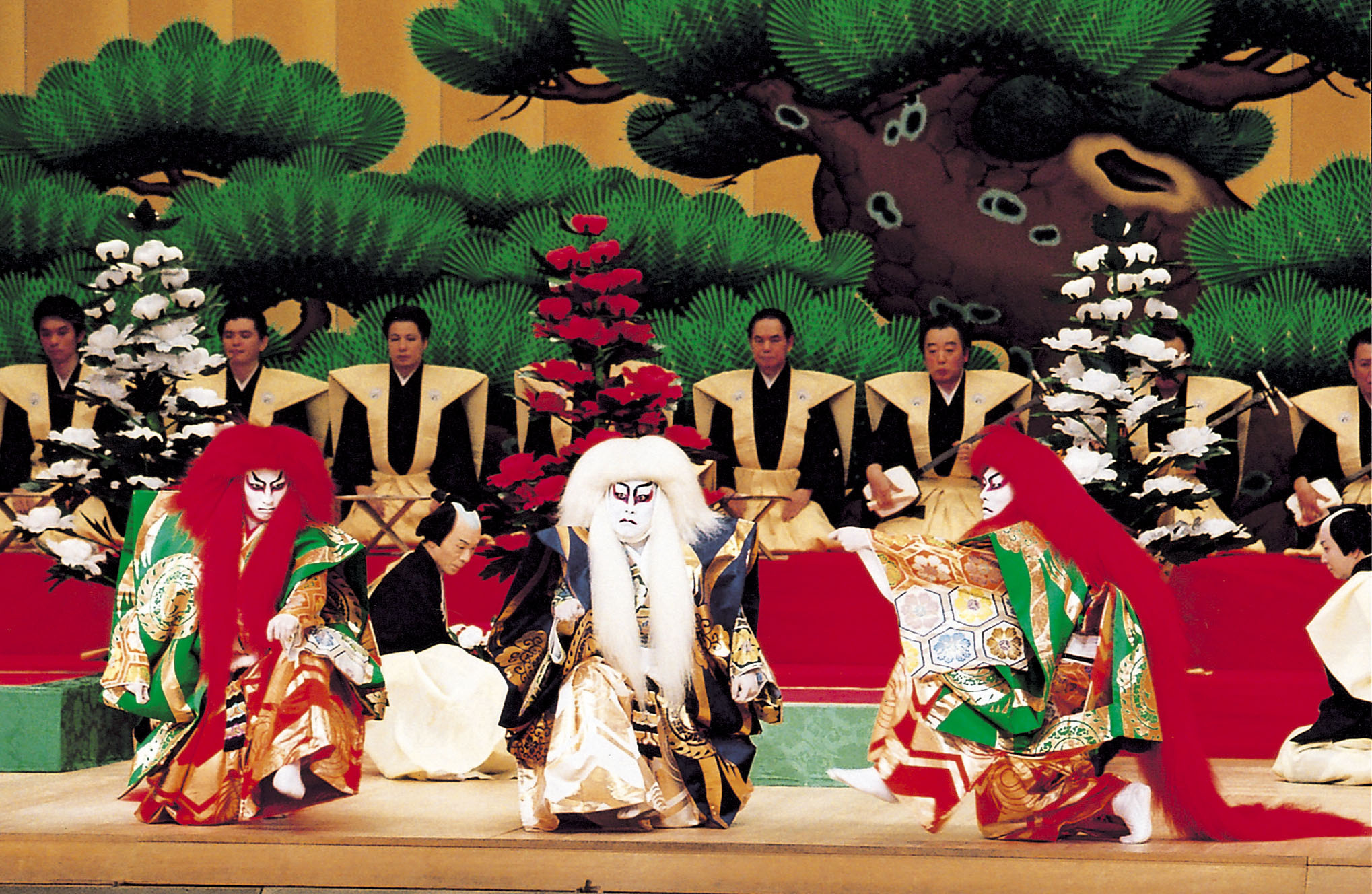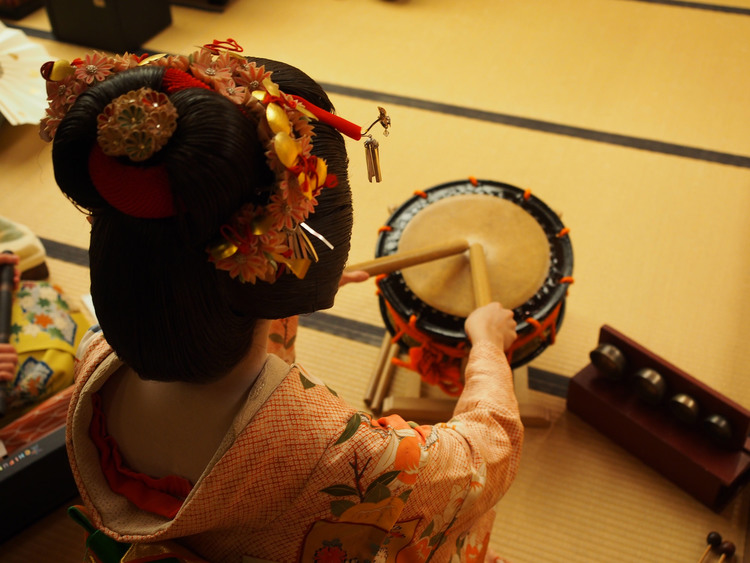Matcha (抹茶) is a powdered green tea. Known for its particularly strong flavor, it holds a special place in Japanese culture as the leading role in the Japanese tea ceremony, where it is served along with a confectionary sweet, known as wagashi (和菓子).
Read MoreIt can be said that Japanese culture has become intrinsically linked with Zen. First introduced to Japan around the 7th century, Zen ideology spread rapidly throughout the 12th century, a time known as the Kamakura period. Zen generally refers to a meditation practice derived from Buddhism, and its influences can be found throughout daily life in Japan.
Read MoreThe three syllables that make up the word “kabuki” (歌舞伎), mean “music”, “dance”, and “acting”, respectively. The whole word itself comes from an archaic verb kabuki, which means “to incline”, and references the actors' flamboyant clothes and actions. Since the kabuki’s founding, spectators were well aware that this new type of theater would be a strong deviation from noh traditions.
Read MoreIn recent years, the Japanese katana (sword) has become increasingly popular with the re-acknowledgement of its value as a work of art. We would like to introduce our readers to a short article on the history and process behind creating these cultural treasures.
Read MoreBelieve it or not, the original geisha hardly resembled modern geisha in any way. The first geisha were actually male, appearing around the year 1730. It was only about 20 years later that female geisha began to appear in the forms of odoriko (踊り子, meaning dancers) and shamisen players, and they quickly took over the profession, dominating it by 1780.
Read MoreTokyo’s geisha culture is one that is rich, yet virtually unknown by many. With six hanamachi (花街, Japanese geisha districts) and hundreds of years of history, there is much to experience in this hidden culture.
Read MoreGeisha, at the most fundamental level, are professional entertainers. They are trained in a variety of Japanese traditional arts, such as dancing, singing, flute, and shamisen (a traditional Japanese three-stringed instrument), as well as the art of hospitality. They also play games and engage in conversation with visitors, all in service of providing the most welcoming and intimate environment possible.
Read MoreThe Edo period (the 17th to mid-19th centuries) greatly shaped Japanese architecture. Simple, dignified, and beautiful; the structures created during this time can even be seen today, inspiring architecture around the world.
Read MoreFrom simple farmhouses to ornate castles, Japan is full of awe-inspiring architectural wonders. It is home to seven architects who have won the Pritzker Prize, the highest honor that a person can receive in architecture. With its unique blend of tradition and innovation, Japanese architecture has continued to influence architects all over the world.
Read MorePopular culture has long portrayed samurai as warriors who fought in a fury of sword fighting and elaborate maneuvers, but behind that is a long-standing philosophy that influenced them - that of bushidō (武士道), which was a code of ethics to be followed.
Read MoreIn Japan, rice has a history of over 2000 years. It is the staple of the Japanese diet, and with its long history comes an irreplaceable importance to the culture and daily lives of the people.
Read MoreThe Japanese word "kominka" literally means "old house," and the term usually refers to houses built no later than the Second World War. It also usually refers to houses built using traditional Japanese architectural methods, often without using any nails and choosing the type of wood depending on its use.
Read MoreKatsushika Hokusai (1760- 1849), most famously known for his series of Mt. Fuji prints, was a revolutionary artist of the late Edo period. At a time when interaction with other countries was strictly restricted, Hokusai incorporated not only various Japanese styles but Western styles to his works as well, and was recognized both domestically and internationally.
Read MoreIn recent times, people around the world are becoming more and more aware of the need to recycle and conserve energy to create a more sustainable society, but what if we told you there was a place in the world that already achieved this centuries ago and kept it going for more than 200 years?
Read MoreWhen dining at an izakaya in Japan, one is bound to notice the word shochu (pronounced show-chew) while glossing over the list of alcoholic beverages. Typically lesser known than the popular “sake” (which refers to nihonshu), shochu is a widely enjoyed versatile drink that is created through a fairly intricate brewing process.
Read More




















